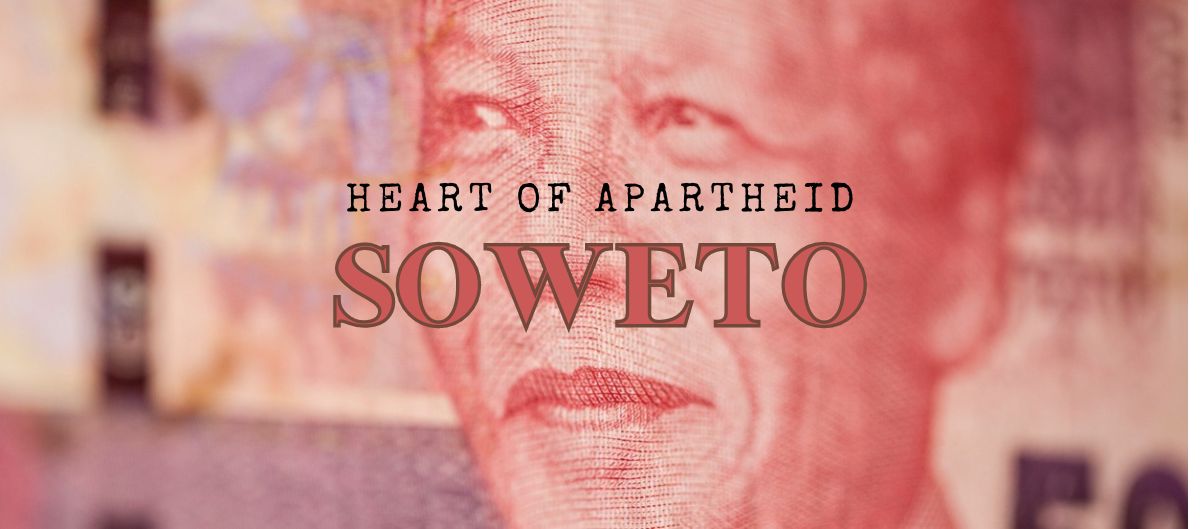Today’s Vibrant Soweto: The Healing Legacy of President Mandela and Mama Antoinette

“How do you tell this story, over and over, Mama Antoinette?” I asked the tiny woman standing before me, ” and with no trace of bitterness or hatred for the people who murdered your brother?”
“Forgiveness,” she said reaching out to hug me, “it’s the only path from grief.”


On June 16, 1976 a twelve year old boy named Hector Pietersen was killed by police in an event the world would soon know as The Soweto Uprising. The school children’s protest against South Africa’s recently established a policy to use Afrikaans as the language of instruction, when English was the dominant language of black residents residents. Afrikaans was the language of white South Africans, which meant that black South Africans considered Afrikaans to be “the language of the oppressor,” as Desmond Tutu explained.

This would affect black student’s education because many were not fluent in Afrikaans. The way to higher education and out of poverty was through English fluency.
On that morning, while the children’s protest was peaceful, the police response was deadly. The number of pupils killed in the uprising is usually estimated as 176, but some sources estimate as many as 700 fatalities. The riots were a key moment in the fight against apartheid as it sparked renewed opposition against apartheid in South Africa both domestically and internationally.”
sahistory.orgza

Today’s Soweto is a sprawling cluster of townships on the southwestern side of Johannesburg. I visited this popular tourist destination to see the original home of the country’s first black president and leader of the anti-apartheid movement, Nelson Mandela.



After 27 years in prison, Mandela was freed in 1990 and negotiated with State President F. W. de Klerk to end apartheid, bringing peace to a racially divided country and leading the fight for human rights around the world.
The legacy of apartheid lingers.

Constitution Hill is in the heart of Johannesburg. The site which once served as a prison, incarcerating non-white men, women and children for one hundred years now lays bare its sordid history as a museum.


I was privileged to visit South Africa’s Court, the highest in the land where citizens cases are heard in all eleven of the country’s languages.

The drive from Constitution Hill to Soweto exposes the overwhelming poverty of many of the country’s people. Camps of corrugated iron sheets frame and shelter the unemployed living there, without the amenities of running water or electricity.

From the 1950s Soweto was an epicentre of political campaigns aimed at overthrowing the apartheid state.


I was fortunate to visit Soweto; to see the home of one of South Africa’s visionary leaders and pay my respects to the memorial at Prison Number Four. A visit profoundly disturbing but marked by both remembrance and redemption, thanks to the presence and counsel of Mama Antoinette.
Related Posts
My Once in a Lifetime Experience: Chiang Mai Elephant Jungle Sanctuary
Elephants are a national symbol in Southeast Asia. Woven into the cultural fabric of Asia, …
May 4, 2024How to Have an Amazing Time in Mystical, Magical Bangkok
Thailand is known as “land of a thousand temples”, each stunningly unique and overwhelmingly beautifully …
May 1, 2024

Leave A Comment